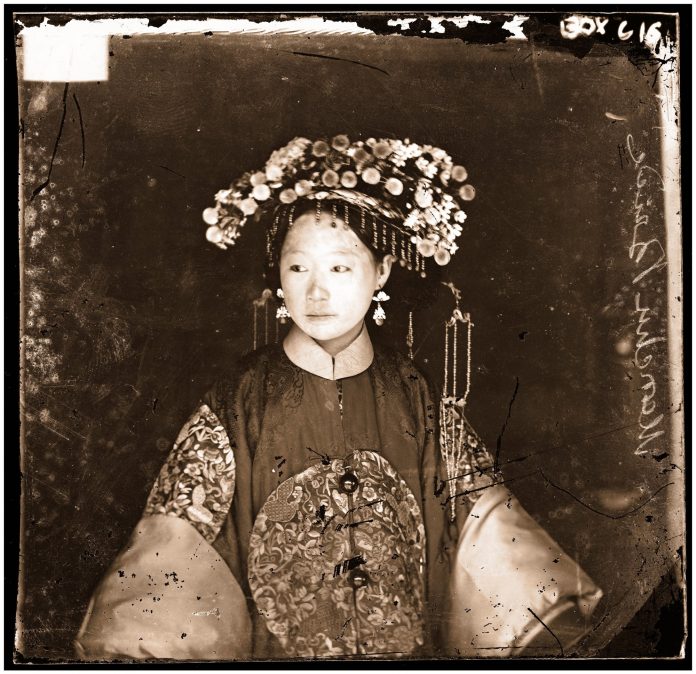The Russell-Cotes autumn exhibition, opening on 2 November, will feature the stunning photographs of China in the 1860s and 1870s taken by legendary photographer, John Thomson (1837 – 1921). Thomson spent four years photographing the regions of China and produced iconic photographs of people and places. Such is the range, depth and aesthetic quality of his work that he is regarded as one of the most influential photographers of his generation. Visitors will see iconic photographs of China reproduced on a large, sometimes life-size, scale accompanied by objects collected by Merton and Annie Russell-Cotes on their visit to China a decade later.
Edinburgh-born, John Thomson was a photographer and travel writer who set off for Hong Kong in 1868 and over the next four years, undertook several major journeys to Beijing, Fujian and Guangdong travelling down both the Yangtse and the Min Rivers. He captured a wide variety of subjects including landscapes, people, architecture, domestic and street scenes. As a foreigner, Thomson’s ability to gain access to photograph women was particularly remarkable. Whether photographing the rich and famous or people in the streets going about their everyday business, Thomson’s desire was to present a faithful account of the people he encountered. This body of work established him as a pioneer of photojournalism.
Thomson travelled to China only two decades after the invention of photography. Cameras were large and heavy. He used the wet collodion process where images were exposed on a glass negative in complete darkness, in a portable darkroom tent on location. He travelled with a large number of cumbersome crates, glass plates and bottles of highly flammable and poisonous chemicals. Given that his arduous journeys took him through difficult terrains, sometimes to regions where the Chinese had never seen a white man before, it is all the more remarkable that Thomson was able to make photographs of such beauty and sensitivity.
Thomson’s collection of 700 glass plates travelled back to Britain in 1872 and since 1921 have been housed by the Wellcome Library, London. The photographs are reproduced from original glass plates on a large, sometimes life-size scale.
At the Russell-Cotes the photographs will be shown alongside items from the Museum’s own collection. Museum founders, Merton and Annie Russell-Cotes, who were contemporaries of Thomson, visited China in 1885, little more than 10 years after Thomson himself and would therefore have recognised Thomson’s views. They too were interested by China and its culture and brought back souvenirs and decorative arts as well as collecting further items in Britain. The collections now include ‘Lotus’ shoes for bound feet, mandarin sceptres, ceramics, hair ornaments, opium pipes and musical instruments. The exhibition offers an opportunity to see objects from the Russell-Cotes Chinese collections alongside photographs of them in use in their original context.
Exhibition curator, Betty Yao said ‘it is very exciting that John Thomson’s wonderful photographs will be seen in Bournemouth and in the context of the beautiful Russell-Cotes Art Gallery and their historic Chinese collection. It will offer an extraordinary insight into 19th century China and into the views, perceptions and interests of British travellers such as Thomson and the Russell-Cotes who were among the first tourists and travellers.’
China through the lens of John Thomson runs from Friday 2 November until 2 June 2019. It will be accompanied by a range of talks, demonstrations and family events.
Bournemouth’s Russell-Cotes Art Gallery and Museum is situated on the East Cliff with fantastic views of the coastline. It is open from 10am to 5pm, Tuesday-Sunday and Bank Holiday Mondays.







